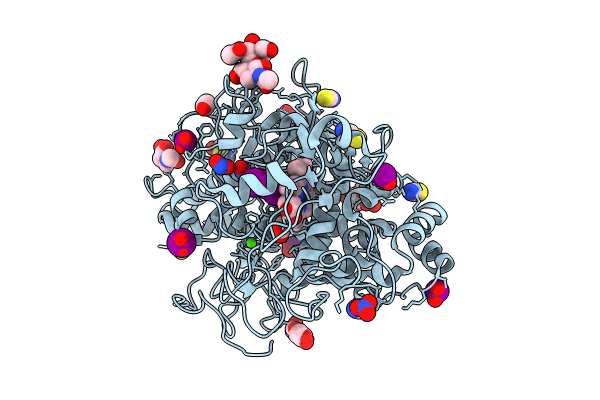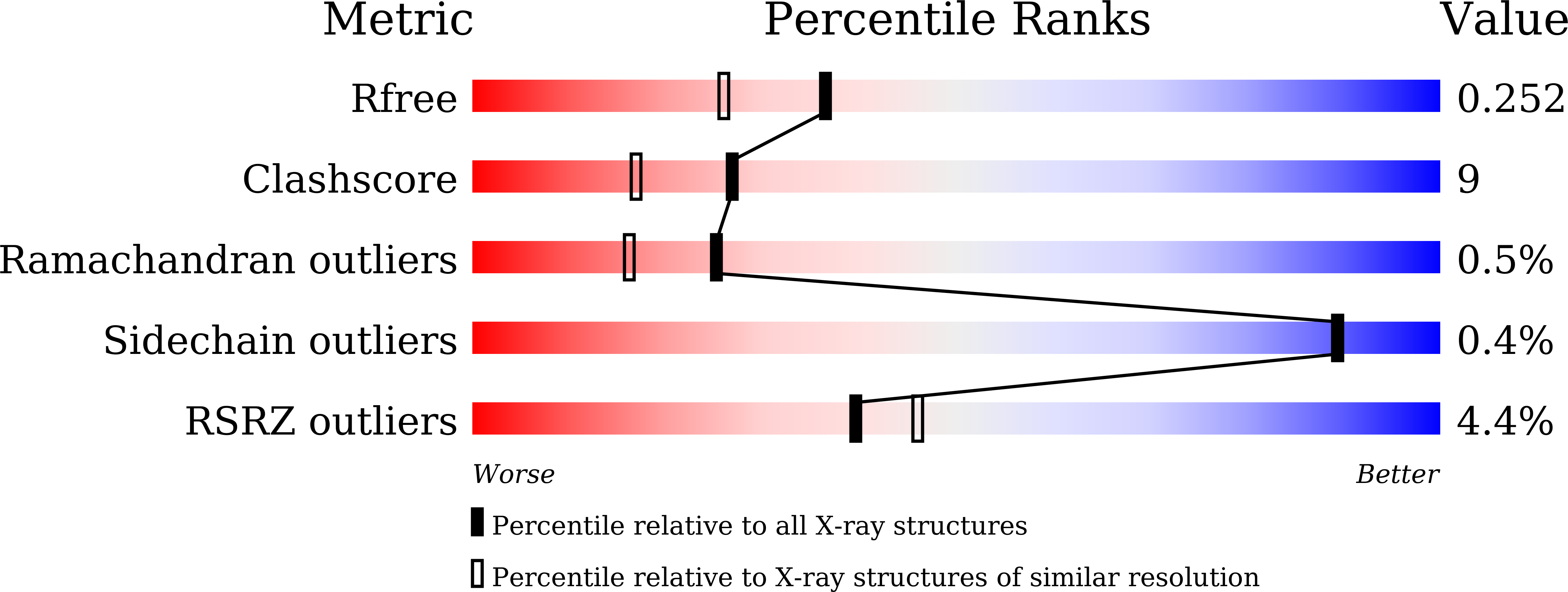
Deposition Date
2024-07-19
Release Date
2024-09-11
Last Version Date
2025-05-14
Entry Detail
PDB ID:
9IT8
Keywords:
Title:
Crystal structure of the ternary complex of lactoperoxidase with nitric oxide and nitrite ion at 1.95 A resolution
Biological Source:
Source Organism:
Bos taurus (Taxon ID: 9913)
Method Details:
Experimental Method:
Resolution:
1.95 Å
R-Value Free:
0.24
R-Value Work:
0.18
Space Group:
P 1 21 1


